Best Guide to the Seated Cable Row – Muscles Worked, Benefits and Technique
This complete guide will teach you everything you need to know about the Seated Cable Row exercise.
What is the Seated Cable Row?
The Seated Cable Row is a horizontal cable pulling exercise that primarily targets and strengthens the muscle groups of the back and arms.
The athlete sits on a bench facing the cable machine and braces their feet against the foot plates.
- What is the Seated Cable Row?
- What Muscles Does the Cable Row Machine Work?
- Benefits of the Seated Cable Row
- How to do the Seated Cable Row
- Training Tips for the Cable Row
- Cable Row Mistakes
- What Handle Should I Use for Seated Cable Rows?
- Cable Row Variations
- Cable Row Alternatives
- How to Modify the Seated Cable Row
- Seated Cable Row FAQs
- Learn More
What Muscles Does the Cable Row Machine Work?
The exercise is an effective way to work many muscles in the upper body.
Latissimus Dorsi
More commonly known as the lats, these muscles are found in the middle back.
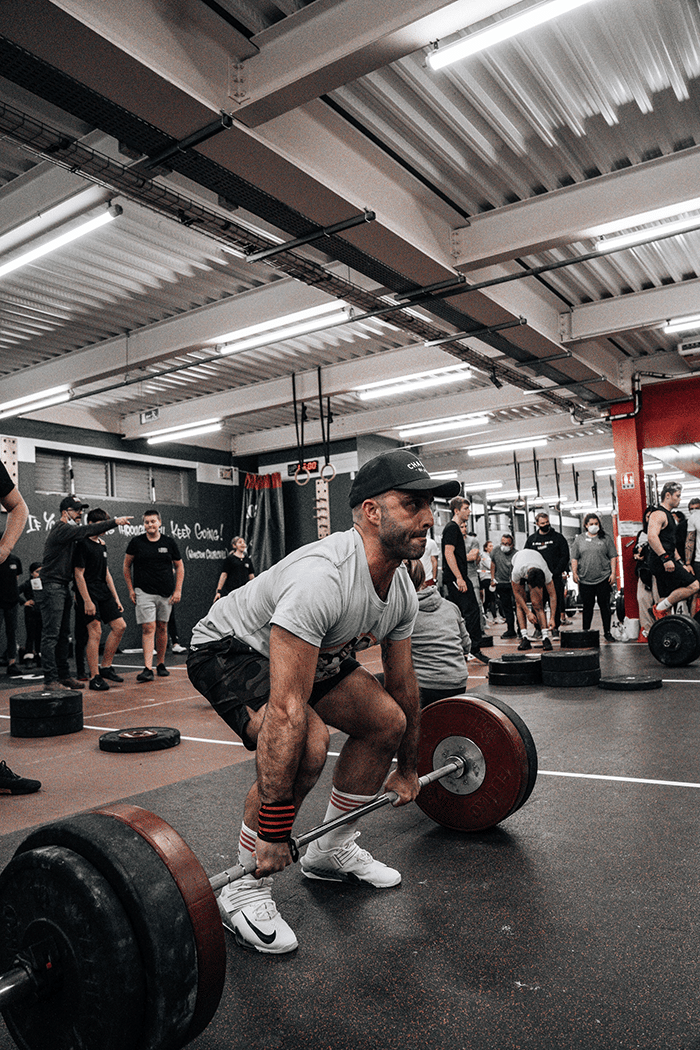
Trapezius
The traps are located on the neck, shoulders and upper back. They help to move those parts of the body as well as the arms and torso. The traps also serve to stabilise the spine and assist posture.
Rhomboids
Situated between the shoulder blades, the rhomboids are smaller muscles that consist of the rhomboid major and minor.
They are essential for stability and upper limb movement of the scapula and shoulder girdle.
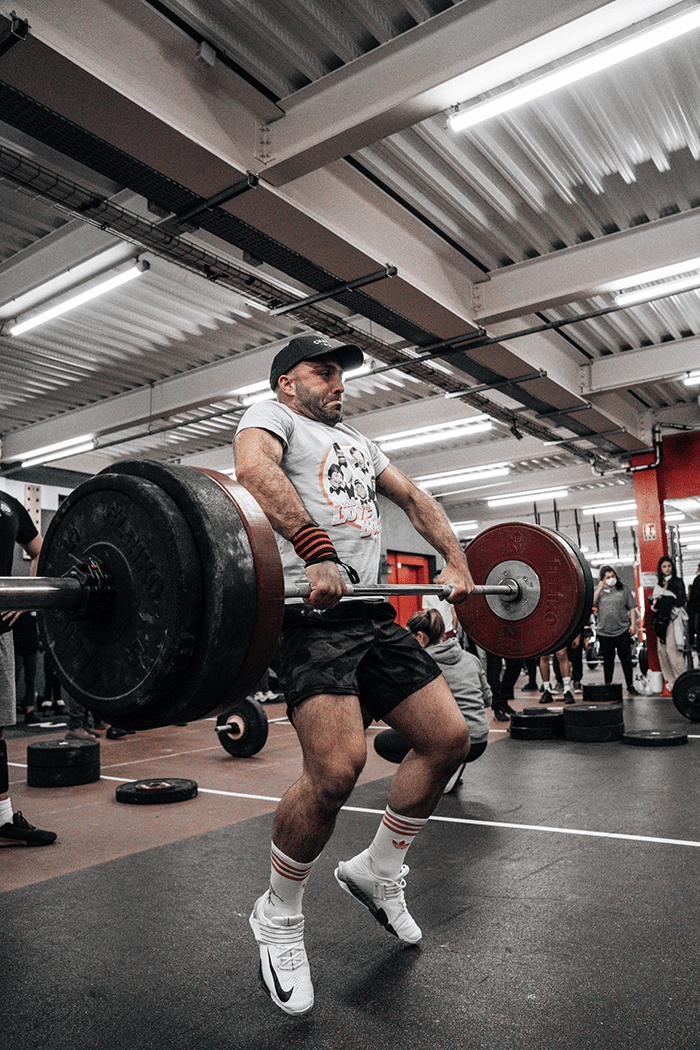
Biceps Brachii
The biceps must work hard throughout the full range of motion in order to control and pull the weight towards the body and to return the handles to the starting position in a controlled and focused way.
Benefits of the Seated Cable Row
There are many benefits to performing this effective cable exercise.
Build Muscle
The Seated Cable Pull is a common exercise in many back day workouts. Following a selection of heavy compound barbell back exercises such as the Barbell Row and Deadlift, it is a great way to hit and exhaust your back in different ways.
Enhance Strength
The cable movement will seriously increase your pulling strength.
This will be useful for other exercises such as Chin Ups and Rows.
Great for Drop Sets
When you really want to push your body all the way to true fatigue, this exercise is perfect.
Instead of having to quickly change plates you simply pull the pin out, choose the next weight then go. This means minimum time resting and maximum time lifting. Perfect for optimising time under tension and hypertrophy.
Work Numerous Muscle Groups
This movement augments upper body strength by working many different muscle groups at the same time.
Lower Amount of Stress on the Lower Back
Many back exercises, such as the Deadlift, place a great deal of strain (intentionally) on the lower back. This helps to strengthen and develop that part of the body.
If, due to injury or any other reason, any lifter needs to intense lower back stimulus whilst also working the back itself, the Seated Cable Row is a great alternative.
Promotes Great Posture
You must have a straight back and proud chest to perform this exercise properly. This equates to excellent posture.
The Seated Cable Row greases the groove for how your body should be positioned in day-to-day life.
It is especially useful if you spend a lot of time sitting at a desk working.
How to do the Seated Cable Row
Use the following instructions to perform the exercise correctly.
- Sit on the cable row machine with your feet securely on the platform. Make sure that your whole foot rests on the metal plate
- Without rounding the spine, bend the knees, reach forwards and grip the cable handle attachment with both hands
- Establish a neutral grip with both palms facing each other
- Push the legs back to the previous position and take the weight of the cable. Maintain a slight bend in the knees
- Inhale and brace the core, grip and glutes
- Rotate the shoulders outwards slightly. Engage the lats
- Bend the elbows and contract the biceps and back muscle groups to pull the handle towards your body
- Once your arms reach a 45-degree angle, pause and squeeze the biceps and back as tightly as you can
- Without altering the torso position, slowly return the cable to the starting position
- Exhale
- Repeat for the desired number of reps
Training Tips for the Cable Row
Keep the elbows close to the body at all times.
Don’t let the elbows flare out to the sides.
Maintain a slow and controlled tempo. This will help to maximise time under tension and optimise your chance for gains.
Keep your midline and torso tight and upright at all times. Don’t lean forwards or backwards to assist the movement.
Cable Row Mistakes
Avoid these common mistakes to keep progressing and building strength and muscle.
Shrugging the Shoulders
Always keep the shoulders back and down. Don’t shrug the shoulders towards the ears. This will put too much emphasis on the traps and change the stimulus of the movement.
Letting the Back Hunch Forwards
Never let the back round forwards when performing this exercise. Always lift with a neutral, straight back.
On the other hand, don’t overextend either. The spine should be straight at all times.
A Sloppy Core
Breathing is important with the Seated Cable Pull in order to help establish a strong, stable core at all times. Brace your body and don’t let the torso move at all.
Locking the Knees
Locking the knees creates unnecessary pressure on the joints so make sure you always have a slight bend.
Moving Too Quickly
Jerky movements should be avoided completely. Each rep should be completed at a slow and carefully controlled pace.
This will fully activate the muscles and will provide maximum strength and muscle gains.
Not Moving Through the Full Range of Motion
Don’t use partial reps with this exercise. Keeping your arms braced, you should feel tension at all times and move through the full range of motion with every rep.
What Handle Should I Use for Seated Cable Rows?
There are many choices available and each one will provide your body with a slightly different stimulus.
Double D Handle
Generally, the Double D Handle is the most common. This provides a neutral grip with the hands facing each other.
Rope Cable
This adds instability and provides an additional challenge for your grip strength.
Straight Bar
This attachment will place the hands in a pronated position and alter the stimulus for the back.
Cable Row Variations
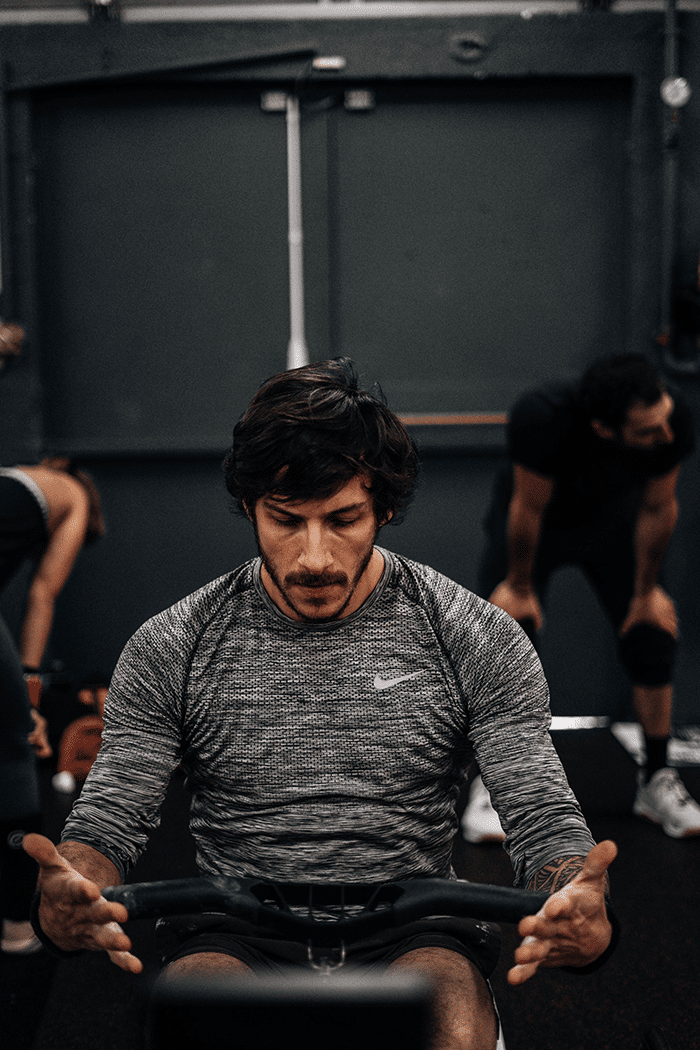
Use these variations to keep your training varied and your body guessing.
Wide Grip Cable Row
This is a great variation to place as much emphasis as possible on the back. It will also help to improve your pulling strength for Pull Ups.
Rope Pull Cable Row
An upgraded version, the rope and altered grip make it much harder to shift the weight.
Single Arm Cable Row
With this movement you switch the mechanics of the exercise into a unilateral context.
This will help to identify and work on your weaknesses and muscular imbalances.
Cable Row Alternatives
These are great alternatives when you want to switch things up.
- Rack Row
- Meadows Row
- Seal Row
- Kroc Row
- Inverted Row
- Isometric Dumbbell Row
- Prone Dumbbell Row
How to Modify the Seated Cable Row
If you want to make the exercise easier or harder, try these modifications.
How to Make the Seated Cable Row Easier
Start as light as possible whilst you learn the technique and how to breathe.
Pay close attention to form and feel the movements and activations of your muscles.
Make it Harder
Finding the exercise too easy? Try these modifications.
Only Use One Arm at a Time
Make the exercise into a unilateral movement. This will significantly increase the difficulty level and force your body to work even harder.
Pull with Tempo
Slow the movement right down and stick to a slow tempo. This will help to eliminate and force from momentum and maximise time under tension.
Go especially slowly when returning to the starting position. At least 3 seconds.
Pause for Longer
Extend the length of the pause during that part of the lift. Aim for 5 seconds.
Seated Cable Row FAQs
Scroll down to find more answers.
Is the Cable Row Good?
Yes, this is a great exercise for developing upper body pulling strength, power, grip, control and building muscle.
It is versatile and effective as a finisher or and accessory exercise.
Does Seated Row Work Chest?
Not really. It is primarily a back and arm exercise.
Does Seated Cable Row Work Biceps?
Yes, the exercise does strengthen, develop and work the biceps. They are utilised to stabilise and pull the weight through the full range of motion.
Does Cable Row Work Traps?
Yes, the Cable Row does work the traps. They are essential to control and shift the weight during the pull.
Learn More
Add the Reverse Curl into your training or find out which Plyo Box is best for you.

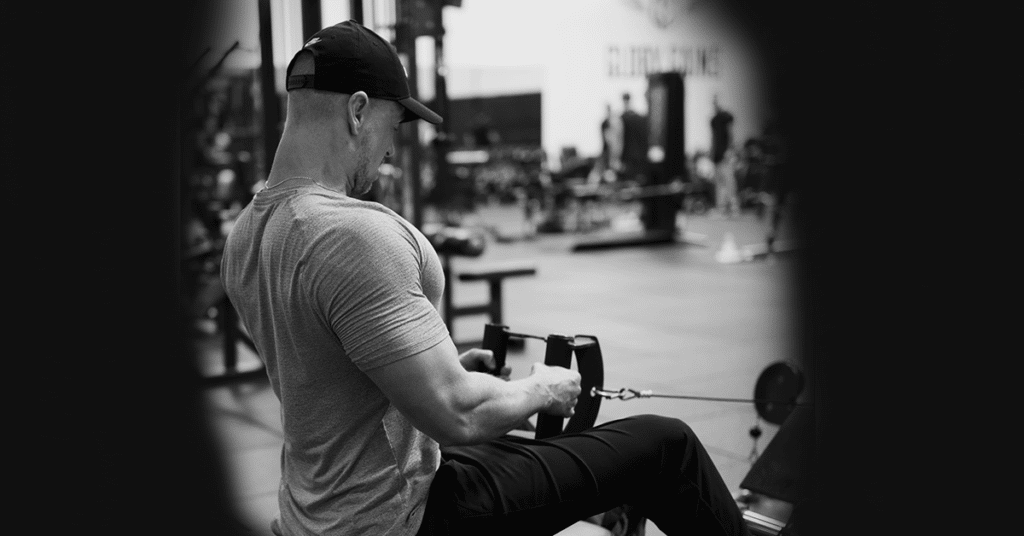

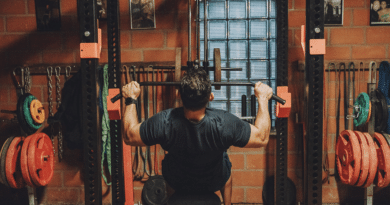

Pingback: Prisoner Squat Exercise Guide - Benefits, Muscles Worked and Technique Tips - Outdoor Fitness Society